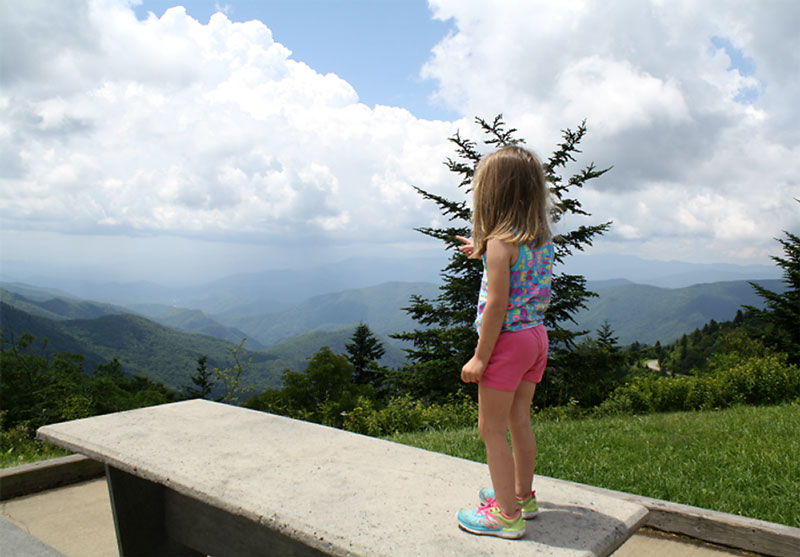
Host Pam Barnhill welcomes Ginny Yurich, the founder of 1000 Hours Outside, a global movement highlighting the transformational impact of outdoor play. Ginny shares her journey as a homeschooling mother of five, describing her challenges and initial struggles in parenting. She reveals how her pursuit of finding joy and tranquility led her to the concept of spending 1000 hours outside with her children, igniting a passion for the outdoors that has since resonated with families worldwide.
Ginny imparts invaluable insights into the benefits of nature-based play, underscoring its contribution to children’s physical, emotional, and cognitive development. She emphasizes the importance of providing unstructured outdoor time for children, fostering resilience, creativity, risk-taking, and emotional and social skills. Ginny also discusses the value of balancing the allure of screen time with the enriching experiences of real-life interactions and hands-on activities.
Find out more about shares Ginny’s practical resources, including her book Until the Streetlights Come On, an app for tracking outdoor time, and the “1000 Hours Outside” podcast. She encourages families to consider the movement’s approach as a foundation for homeschooling, offering flexibility in adjusting outdoor time based on different seasons and individual family dynamics.
This episode delivers insightful perspectives on promoting a lifestyle that unites families and nature, offering encouraging and practical strategies for enhancing the homeschooling experience through intentional outdoor play.
Listen to the Podcast
Links and Resources From Today’s Show
- The Night Zookeeper
- 1000 Hours Outside
- 1000 Hours Outside- Activities to Match Screen Time with Green Time
- My 1000 Hours Outside Journey
- 1000 Hours Outdoors
- iGen by Jean Twenge
1000 Hours Outside: Activities to Match Screen Time with Green TimeMy 1000 Hours Outside Journey – a Companion Journal
1000 Hours Outdoors: A Journal and Color in Tracker to Log Hours Spent Outside in Nature for Parents, Kids, Moms, Dads and Nature Lovers.
iGen: Why Today’s Super-Connected Kids Are Growing Up Less Rebellious, More Tolerant, Less Happy–and Completely Unprepared for Adulthood–and What That Means for the Rest of Us
Key Takeaways About Spending Time Outside
- Spending time outside can benefit both parents and kids, and it’s okay to aim for 1000 hours outside, but the ultimate goal is to enjoy the benefits of outdoor time.
- The 1000 Hours Outside movement is about reclaiming childhood and focuses on allowing kids to play freely outside to support their overall development.
- The movement doesn’t restrict activities to the outdoors and aims to create a balance between outdoor play and screen time in children’s lives. The benefits of outdoor play include children’s physical, emotional, social, and cognitive development, as well as promoting resilience, risk-taking, and creativity.
- Parents can use the free tracker sheets to model balance in life and encourage their kids to fill their time with activities they enjoy before turning to screens. The movement is flexible and acknowledges that it’s okay even if families don’t reach 1000 hours, as any intentional outdoor time is beneficial.
- Setting aside structured activities and leaving behind the stress of mess inside the house can create a more present and joyous experience for parents and children.
- Ginny’s book, Until the Streetlights Come On, emphasizes preparing children for the rapidly changing world by allowing for unstructured play and downtime.
To join our free homeschool community, you can create an account right here.
- How to Transform Math Lessons without Changing your Curriculum with Denise Gaskins - April 26, 2024
- Homeschooling Boys with Durenda Wilson - April 12, 2024
- What About Lab Sciences? with Dr. Moon - March 29, 2024
Leave a Rating or Review
Doing so helps me get the word out about the podcast. iTunes bases their search results on positive ratings, so it really is a blessing — and it’s easy!
- Click on this link to go to the podcast main page.
- Click on Listen on Apple Podcasts under the podcast name.
- Once your iTunes has launched and you are on the podcast page, click on Ratings and Review under the podcast name. There you can leave either or both!





